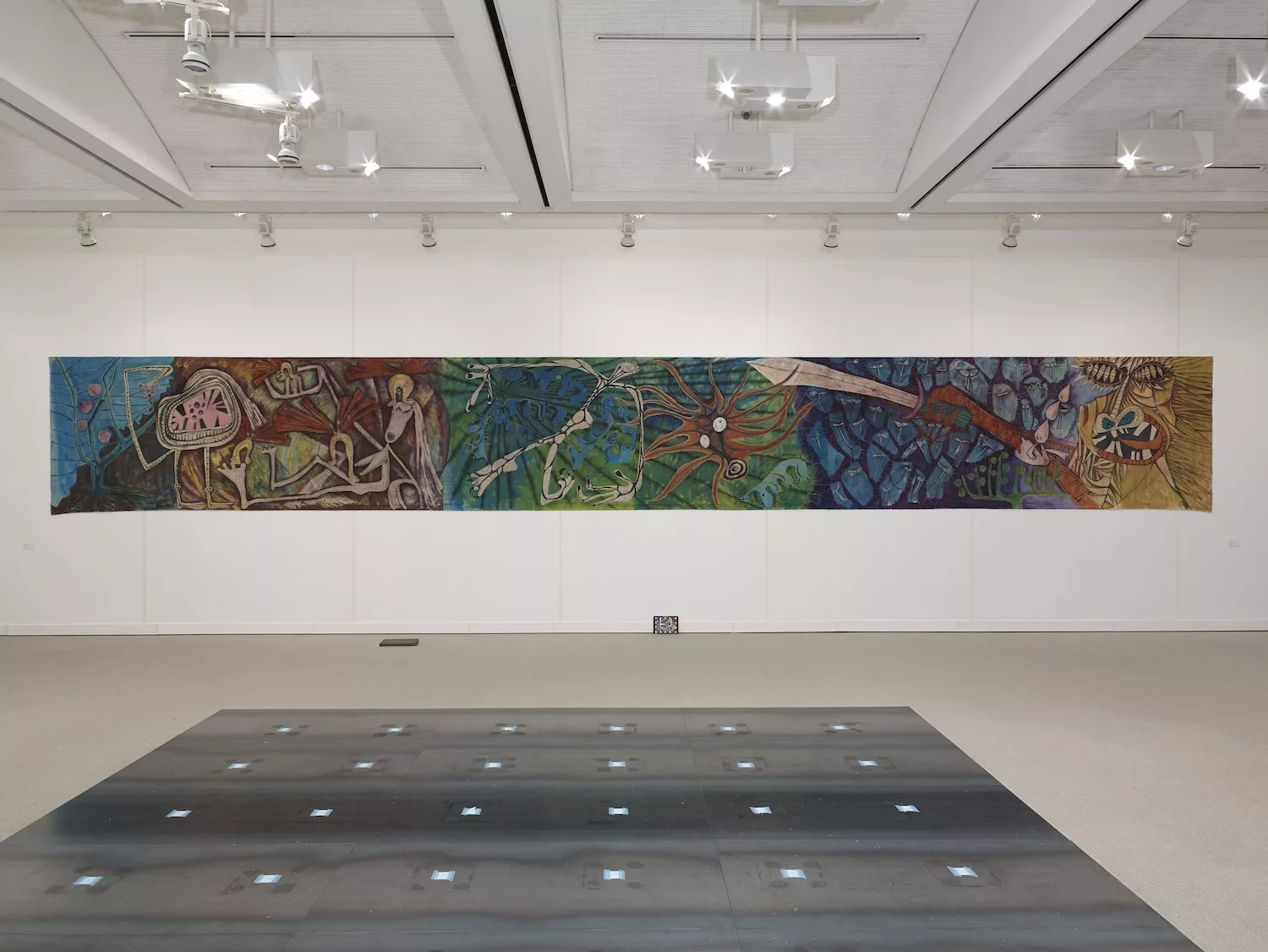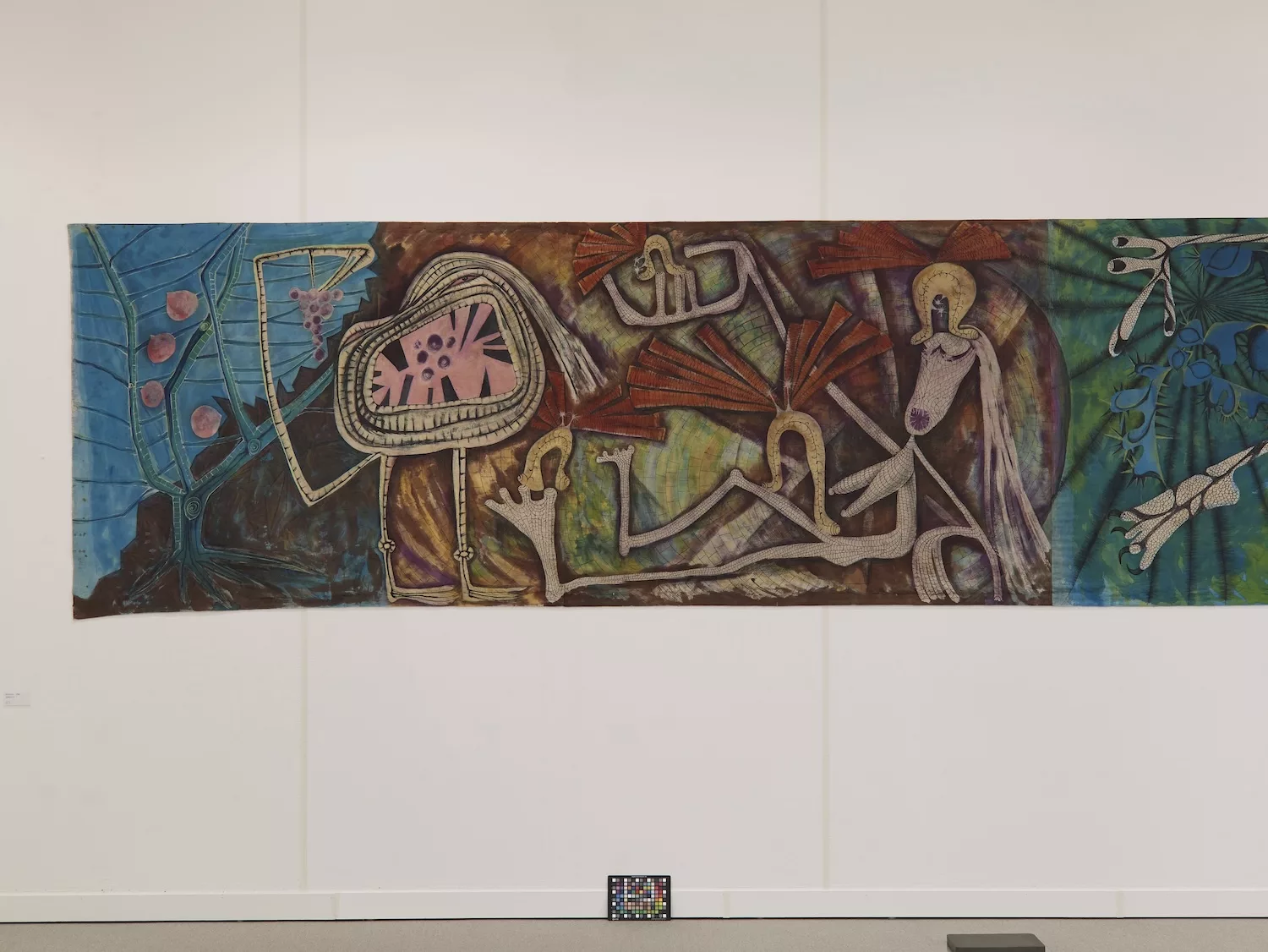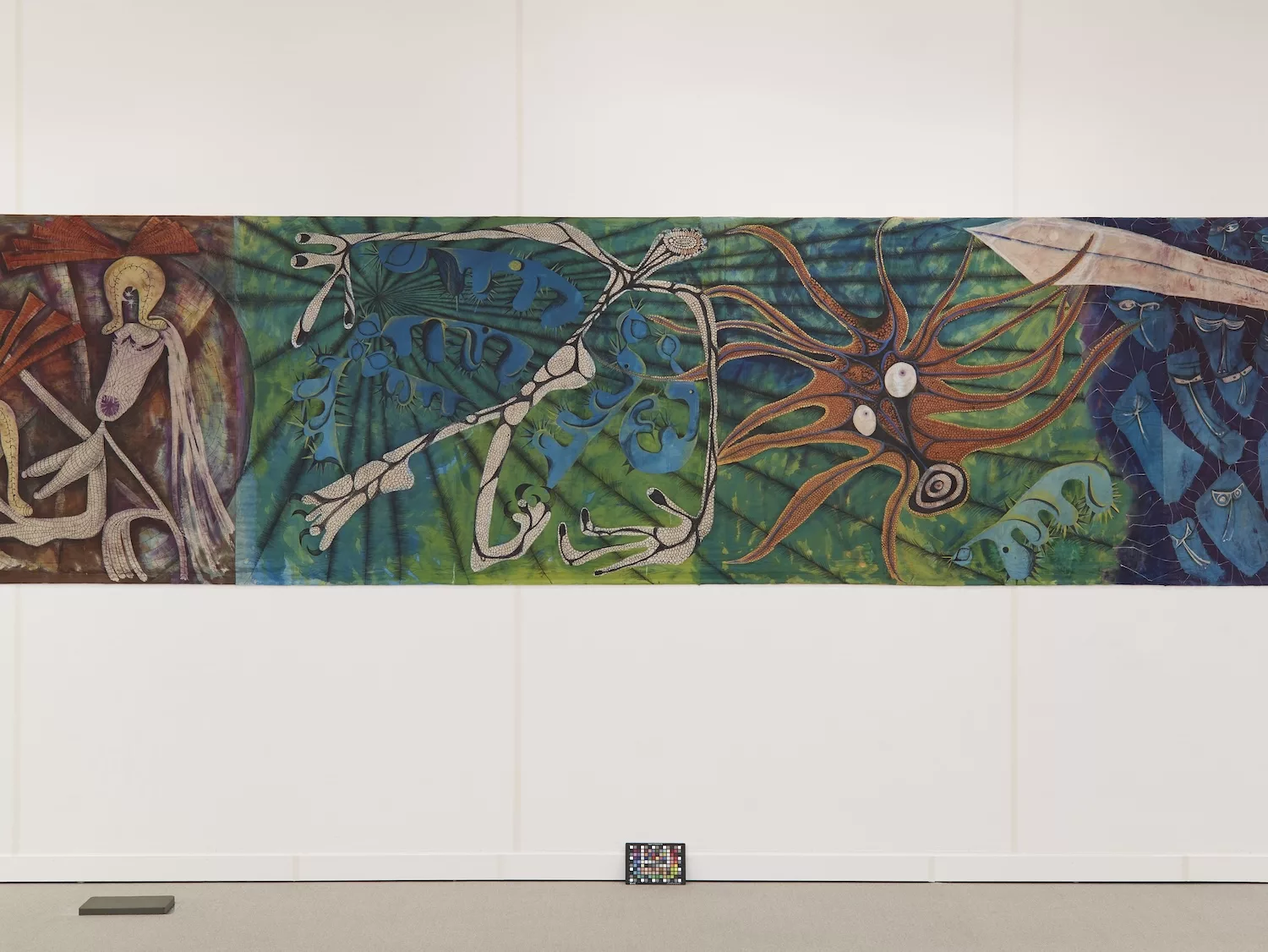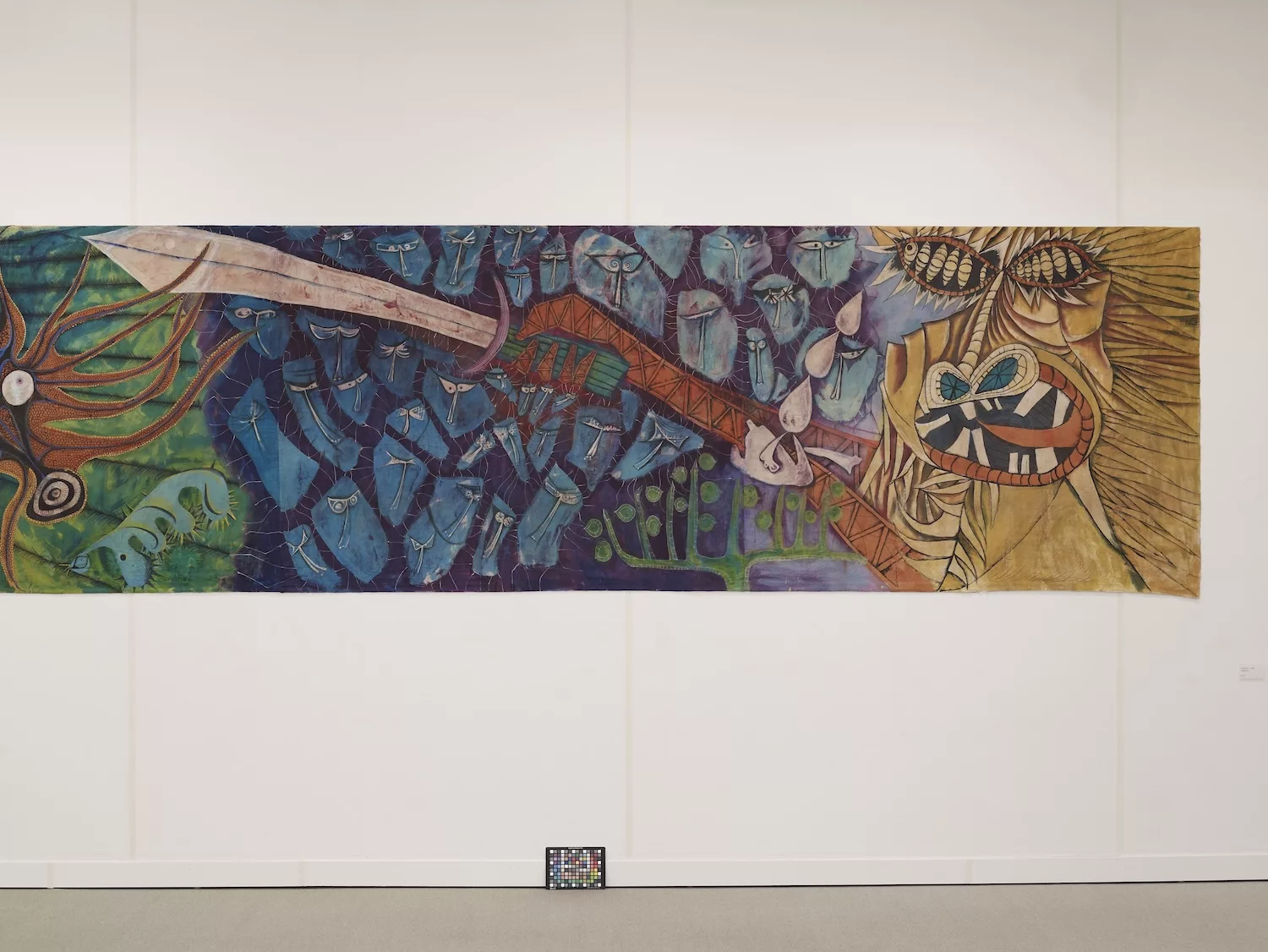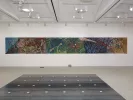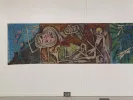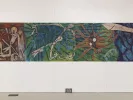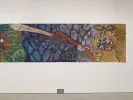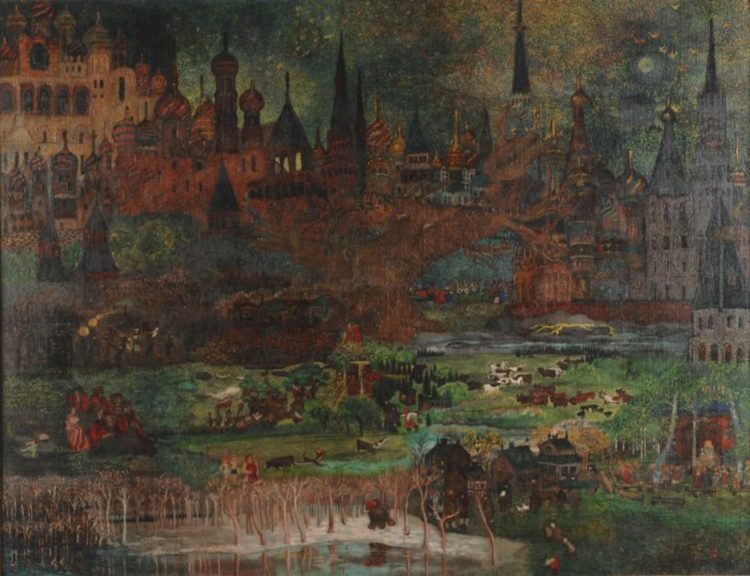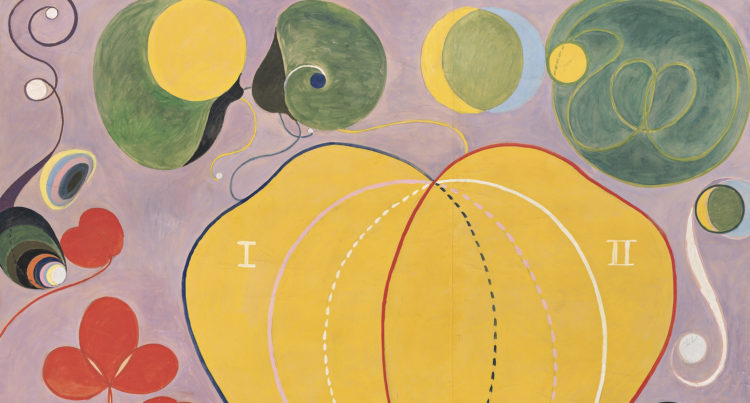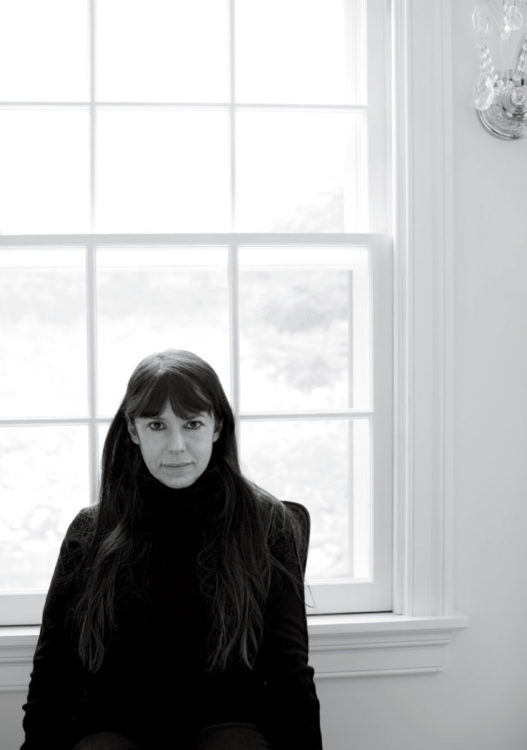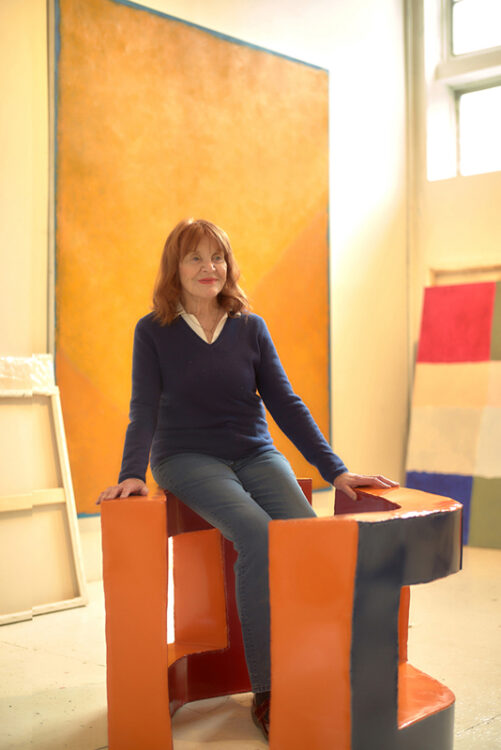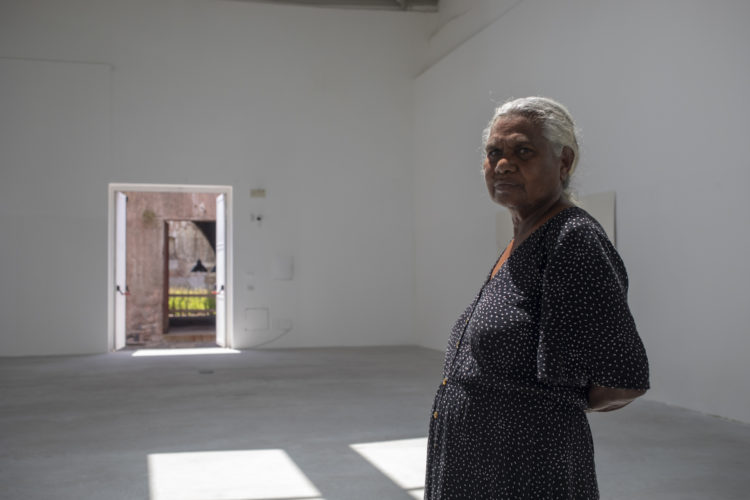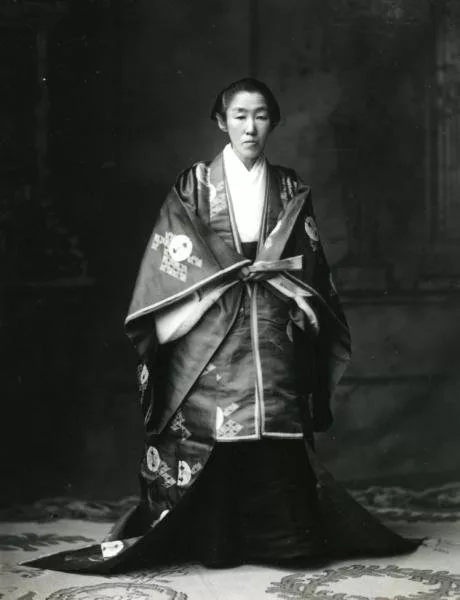Saori Akutagawa (Madokoro)
Fierce, Burning, Intense: The Life and Works of Saori Akutagawa, Tokyo: Tokyo Shimbun, 2024
→Kasumi Kudo, “The Path of Saori Akutagawa (Madokoro)” (Saori Akutagawa Exhibition catalogue), Kanagawa Prefecture: Yokosuka Museum of Art, February 2009, pp. 10–15
→Reiko Kokatsu, “Japanese Avant-garde Women Artists and Cloth: On Saori Akutagawa (Madokoro), Yukiko (Yuki) Katsura, and Yayoi Kusama,” Kawamura Gakuen Women’s University Women’s Studies Annual Report, Issue 4, Kawamura Gakuen Women’s University Institute for Women’s Studies, March 2007, pp. 17–27
Defiant, Passionate, Intense: The Life and Work of Saori Akutagawa, Nukaga Gallery (Tokyo), 20 May – 3 July, 2024
→Saori Akutagawa Exhibition, Yokosuka Museum of Art (Kanagawa Prefecture), 14 February – 22 March, 2009; Ichinomiya City Memorial Art Museum of Setsuko Migishi (Aichi Prefecture), 16 May – 21 June, 2009
→Japanese Women Artists in Avant-garde Movement, 1950–1975, Tochigi Prefectural Museum of Arts, July 24–September 11, 2005
Japanese Painter.
After graduating from Tokyo Prefectural Second High School for Girls in 1942, Saori Akutagawa studied at the Tokyo College of Music (now Tokyo University of the Arts), graduating after the war in 1947 with a degree in vocal performance. The following year, she married her classmate Yasushi Akutagawa (composer, 1925–1989). In the early 1950s, she began studying ikebana, wax-dyeing, and painting. This period represented a return to painting, which she had done in her girls’ school days, having since given up on becoming a vocalist out of consideration for her husband’s wishes in the context of their domestic life. She learned wax dyeing from Michikata Noguchi and oil painting at the institute of Gen’ichiro Inokuma (1902–1993). In 1954, she and her husband were invited to China, at which time they spent several months traveling not only through China but the Soviet Union and Eastern Europe, an experience that would become one of the elements in her later folktale series.
In 1954, she exhibited two paintings at the 6th Yomiuri Indépendant Exhibition (continuing to exhibit until the 9th exhibition), then submitted ten paintings to the 4th Modern Art Exhibition, all of which were selected for inclusion, winning the Newcomer’s Prize (she also showed at the 5th exhibition). In June, she held her first solo exhibition at Yoseido Gallery in Ginza, with a recommendation from Shuzo Takiguchi (1903–1979), being highly acclaimed as a prominent new talent. She was then selected to participate in the Seven Women Artists exhibition at the same gallery, along with Machi Abe (1926–1993), Tomoko Onosato (1931–1993), Yayoi Kusama (1929–), and others. In 1955, she was invited to join the Nika-kai at the invitation of Taro Okamoto (1911–1996), exhibiting her dye paintings Woman (B) (1955), Woman XI (1955) and others in the Taro Okamoto Room (Room 9) of the 40th Nika Exhibition, for which she received a special prize (she continued to exhibit until the 43rd exhibition). She also exhibited dyed paintings based on folktales at her second solo exhibition at Muramatsu Gallery. At this time, S. Akutagawa used a technique that applied wax dyeing to painting, and developed a completely unique and vivid brand of imagery. It began with a series focusing on the faces of women—laughing, angry, crying, bewildered—and evolved towards depictions of the birth of the gods and grandiose myths surrounding the creation of Japan that were based on Japanese folktales and legends. She was greatly impressed by the Mexican Art Exhibition held at the Tokyo National Museum in September 1955. That same year, she also participated in another exhibition, New Artists of Today: 1955 Exhibition, at the Museum of Modern Art, Kanagawa.
In 1956, she held the first Four-Artists group exhibition at Sato Gallery with Tatsuo Ikeda (1928–2020), On Kawara (1932–2014), and Taizo Yoshinaka (1928–1985); exhibited Teikyū suru Susanoo-no-Mikoto (Susanoo-no-Mikoto Weeps) (dyed painting, ca. 1956) at the 4th Peace Art Exhibition; exhibited Myth—The Birth of Gods (dyed painting, 1956) at the 41th Nika Exhibition; and was selected for the World Today’s Art Exhibition, where she exhibited Persecution of Eight Hundred Gods (dyed painting, ca. 1956). She also exhibited Yamato Takeru’s Extermination of Poisonous Fish (dyed painting, 1956) and Flying in the Air-from a Folk Tale (dyed painting, 1956) at the 2nd Exhibition of Four Artists at Muramatsu Gallery. In 1957, she continued her activities, exhibiting a large dyed paintingFrom Kojiki (Records of Ancient Matters) (1957), measuring 1,76 m sur 13,46 m, at her third solo exhibition at Muramatsu Gallery, which culminated a series of mythological works. That same year, she exhibited her work at the 11th Women Artists Association Exhibition and received the Funaoka Prize.
These extraordinary achievements as a painter, however, were at odds with her family life. In April 1958, she divorced her husband, leaving their two daughters behind. In September 1959, she left for the United States, where she studied graphic design at the Art Center School in Los Angeles until 1960. In September of that year, she moved to New York and participated in the Japan-America Women Artists Exchange Exhibition at the Riverside Museum under her maiden name, Saori Yamada, alongside Yukiko Katsura (1913–1991), Y. Kusama, and others. In 1961, she studied oil painting under Will Barnet (1911–2012) at the Art Students League of New York, abandoning dyed painting to shift toward abstract oil paintings of the human body. In 1962, she returned to Japan and exhibited her works made in the United States at her 4th solo exhibition at Showa Gallery in Kyoto. In 1963, she remarried to architect Yukio Madokoro (1930–1998), with whom she had traveled to the United States. That same year, she also exhibited her works at the 17th Women Artists Association Exhibition (continuing until the 19th exhibition). However, before she could fully develop her paintings in a new direction, by pursuing forms in a limited range of colors such as red and black, vermilion and mauve, she passed away on January 31, 1966 at the age of 41, due to eclampsia. Posthumous exhibitions were held at Muramatsu Gallery that same year and, in 1973, at the Tokyo Central Museum of Art.
A biography produced as part of the “Women Artists in Japan: 19th – 21st century” programme
© Archives of Women Artists, Research and Exhibitions, 2024









